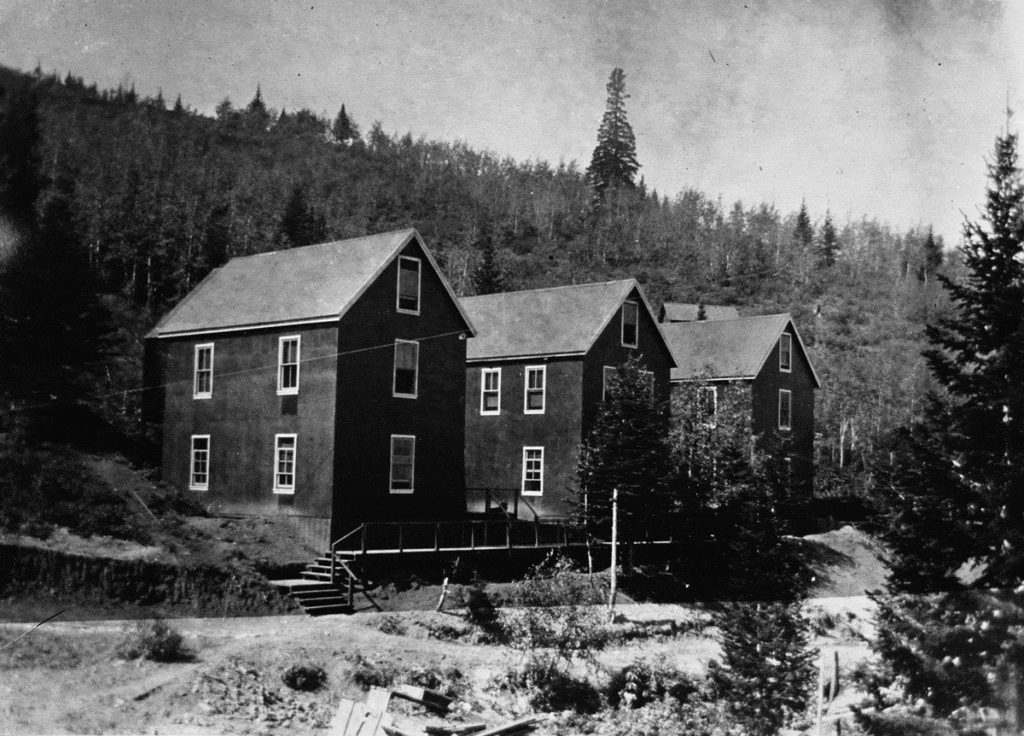Everyone loves ghost stories, especially when they’re true. One of Park City’s spine-tingling tales is the story of the Weeping Widow and it goes like this: in the early days, a woman lost her husband to a cave-in at the Daly-Judge Mine, and his body was never found. Shortly thereafter, miners walking home at night through Empire Canyon heard a woman weeping and sometimes saw a shadow near the path. It was the ghost of the dead miner’s wife, watching and waiting for his return.
Similar stories occur throughout the United States and in other cultures around the world. The East Coast and Great Lakes region are rife with folktales about women who lost their husbands to shipwrecks and are still sighted today awaiting their homecoming. The American West also has a regional version of this story that originated in Spain about a woman named La Llorna. In one version of her story, La Llorna’s sons drowned, and her grieving spirit haunts rivers in hopes of finding them. All stories in this vein are very old, and Park City’s Weeping Widow tale is just one contribution to a larger traditional repertoire.

Credit: Park City Historical Society and Museum, Bea Kummer Collection
Park City’s story also has a strong foundation in fact though, and two accidents at the Daly-Judge Mine reported in the Park Record could provide clues to its origins. First is the tragic tale of Stephen and Annie Edwards that began in January 1904. Stephen was a miner at the Daly-Judge, and his death was the consequence of an explosion. He suffered a fatal stomach injury, his “intestines being almost completely blown out,” but survived for several hours afterwards during which time he had a chance to see his wife, Annie, one final time.
About a year later, “[t]horoughly discouraged with a life of sorrow and hardship,” Annie committed suicide “by drinking a large quantity of carbolic acid,” leaving four children orphaned. Unlike the Weeping Widow, Annie at least knew her husband’s fate, but his death similarly catalyzed her own demise and could have given rise to an urban legend.
Another Park Record article from July 1921 tells of a miner at the Daly-Judge named Tony Allegres. Allegres was in the mine one Monday morning “when without warning the timbers were heard to crack and the ground…commenced to cave.” Workers reported to the scene of the accident, but “no trace [of his body] was found.” Allegres was thirty-seven and single at the time of his passing, but the circumstances of his death closely match those of the miner in the Weeping Widow story. A mourning sweetheart or female friend could have been easily transformed into the Weeping Widow archetype.
As J.R.R. Tolkien once said, all “legends and myths are largely made of truth,” and Park City’s Weeping Widow story appears to prove his point. There will always be sceptics of course, but you might want to watch your back next time you go through Empire Canyon.
Have a fun and safe Halloween this weekend!